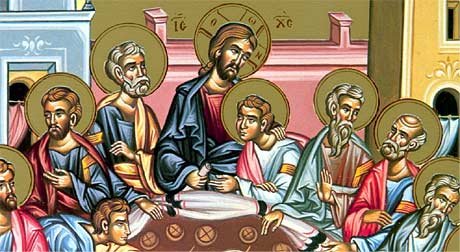In the fourth century, while Arians rallied around appropriate slogans such as ‘There was a time when he (the Son) was not’, the defenders of what was to be defined as true doctrine were led by Athanasius, Bishop of Alexandria, who adopted the term homoousios (of one substance) as the formula best suited to describe the relationship of the Son to the Father and to defend biblical faith in philosophical terms.
The Emperor could not allow the Church which he intended to be a unifying force within the Empire to be riven by doctrinal disputes. He convoked a Council of all the bishops of the Empire at Nicaea in 325 and presided over its deliberations. Arius was condemned and Christ pronounced to be of one substance with the Father.
But the argument went on, and in the reaction against the adoption of the novel, non-biblical term homoousios the Arians seemed likely to win the day. Not until the 360s did it become clear that the Nicene party would succeed in their defense of the decision of 325. By then fresh disputes were raging over the status of the Holy Spirit, whom extreme Arians were treating as a created being, subordinate to both Father and Son. (You can guess that this, of course, led to the Eastern Church’s complete and total opposition to the Western Church’s addition of the Filioque to the Creed. The Eastern Church believed that this addition in, some way, reflected the belief that the Spirit was subordinate to both the Father and the Son). It was the three Cappadocian fathers, Basil the Great, his brother Gregory of Nyssa and Gregory of Nazianzus, whose Trinitarian teaching was approved at the Council of Constantinople in 381, clearly defining true Christian belief. God is one ousia, or substance, and three hypostaseis, or persons: The Father is God, the Son is God and the Holy Spirit is God: yet there are not three Gods, but one God. It was an affirmation of faith demanded by the biblical revelation and the Christian experience of God. (Remember that monotheism – belief in one God – was seen as an advancement over the polytheism – many gods – that much of the known world believed existed).
These Trinitarian disputes left their permanent mark on Eastern worship, particularly in the doxologies with which liturgical prayers concluded. The early Christian tradition had been to pray to the Father, through the Son, and in the Holy Spirit. But this tradition had been cited by the Arians in support of their teaching that the Son was subordinate to the Father. Hopefully the picture is becoming clearer!
